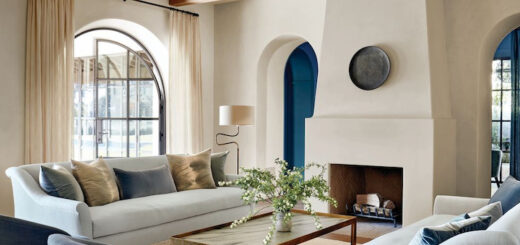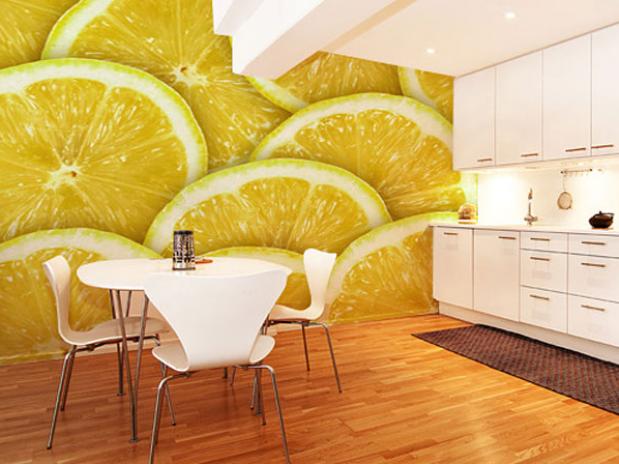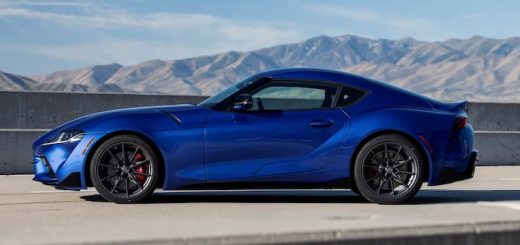A Foolproof Guide to Buying Mazda Spare Parts
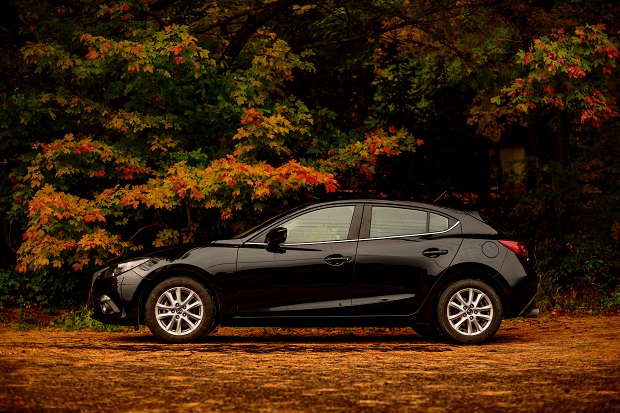
Nearing their 100th anniversary, the once known manufacturer of machine tools has now become a multinational carmaker, setting themselves apart by making use of unique engine technologies. Mazda was also in a partnership with Ford Motor Company starting from the 60s and up until 2015. Both companies had a lot of joint projects and parts like manual transaxles and various body parts were the same in Ford and Mazda vehicles. Talking about parts, let’s see what you have to look for in various Mazda parts.
Headlights
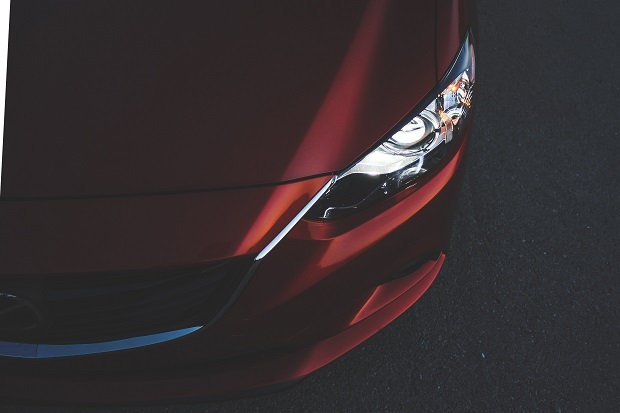
LED
Unlike the old way of lighting up a bulb, LED headlights make use of a semiconductor as a diode in order to control the flow of electricity. Despite being smaller than their gas filled counterparts, LED Mazda spares are more energy efficient and have a longer lifespan.
Halogen
These bulb make use of a tungsten filament to generate light but they produce a lot of heat. Whilst halogen bulbs have a low replacement cost and a long life span, their performance can be easily affected by even the smallest deposit of moisture.
HID
High-intensity discharge or what are also called Xenon lights, are able to produce brighter lights than halogen lights and with less heat too. Whilst these bulb require more power to generate their first burst of light, they need less energy to keep it running.
Reflector & Projector
Reflector headlights have a chrome-plated surface that reflects the light from the light source in order to make for an intense beam. The chrome surface controls the beam pattern thus keeping oncoming drivers safe from direct glares.
Projector headlights however, have a projector bowl with a bulb in it. The bowl reflects the light towards a projector lens located in a metal chrome-plated housing and then it hits a piece of metal that makes the pattern projected on the road. A projector headlight has a more focused beam than a reflector headlight.
Composite & Sealed Beam
Whilst composite headlights have the lens, reflector and filament housed separately whilst sealed beam headlights have them in one unit. This is why sealed beam headlights require you to replace the whole assembly even if only one part fails and composite don’t.
Windshields
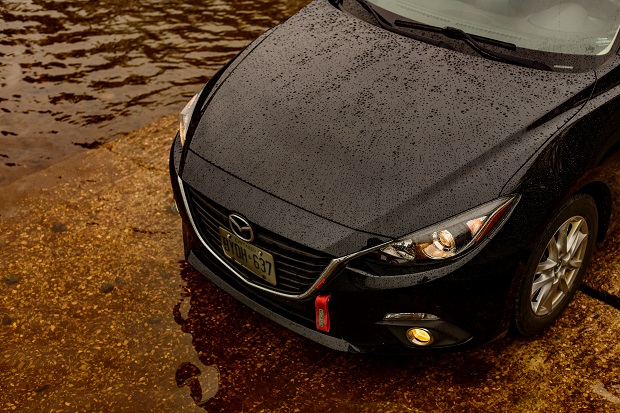
Toughness
Since it goes on the outside of your vehicle, a windshield needs to be strong enough to withstand the harsh sun, road debris and heavy rainfall. With this level of endurance, a windshield will help demystify the windows, cut down on road noise and keep rain out of your vehicle.
Installation
There are two ways you can go about windshield installation: slot into position or stick to the the top of the door. Whilst the latter may need to be eyeballed, it’s easier to set up than the former. No matter the way you choose to install them, make sure you have the right one) for your vehicle.
Bonnet Protectors
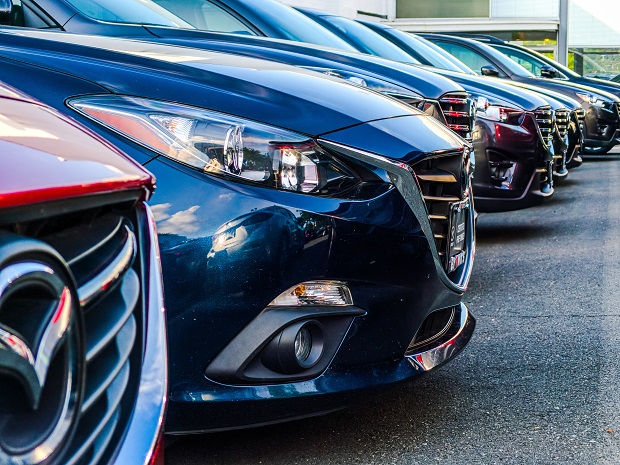
Material
There are polycarbonate, metal and hybrid Mazda spares bonnet protectors. Metal protectors look very similar to polycarbonate ones, despite being made from a different material. They are usually made from a polished stainless steel, which is why they are more durable and not as susceptible to damage in extreme temperatures. Metal protectors provide less visibility too.
Polycarbonate protectors can blend in with the colour of your vehicle whilst also being highly impact-resistant and durable. Hybrid protectors are usually smoke-tinted in the middle for more visibility and strengthened with stainless steel.
Installation
You can either stick on Mazda spares bonnet protectors or have them attached with bolts. When mounting a protector using bolts make sure you install plastic protector clips to keep the paint safe from the bolts. A no-drill installation will require 3M tape or fasteners that make use of existing holes.
Side Mirrors
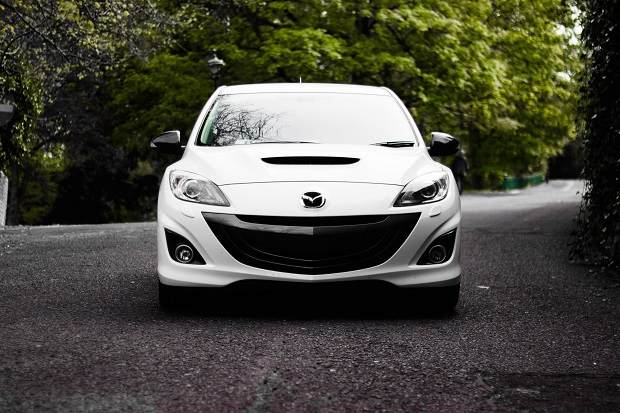
Colour
Your Mazda spares side mirrors can match the colour of your vehicle or compliment it. If you decide to match them, make sure to go with primed mirrors and spray them with the colour matching the colour code of your vehicle.
Features
Other than your Mazda model, you need to match the side mirrors with the specific features they have. If you have a non-electric mirror, get an assembly that you can adjust the glass by hand, but if your mirrors have a lever inside the car, that means you need cable mirrors. Electric mirrors have a button or a joystick usually on the door armrest that allows you to do all the adjustments.
If your mirrors are power operated, you probably have a LIN bus control module that allows you to move the mirrors in a pre-set location with the touch of a button. This module is located inside the mirror assembly next to the motor. If you have this module, you probably have folding mirrors too.
A heated glass mirror will usually have the heating symbol on or close to the adjuster, but you can also find that out by checking for the 2 cables behind the glass. This may not come by default on your vehicle but you can have an aspherical section on the passenger mirror which gives you an additional viewpoint.

